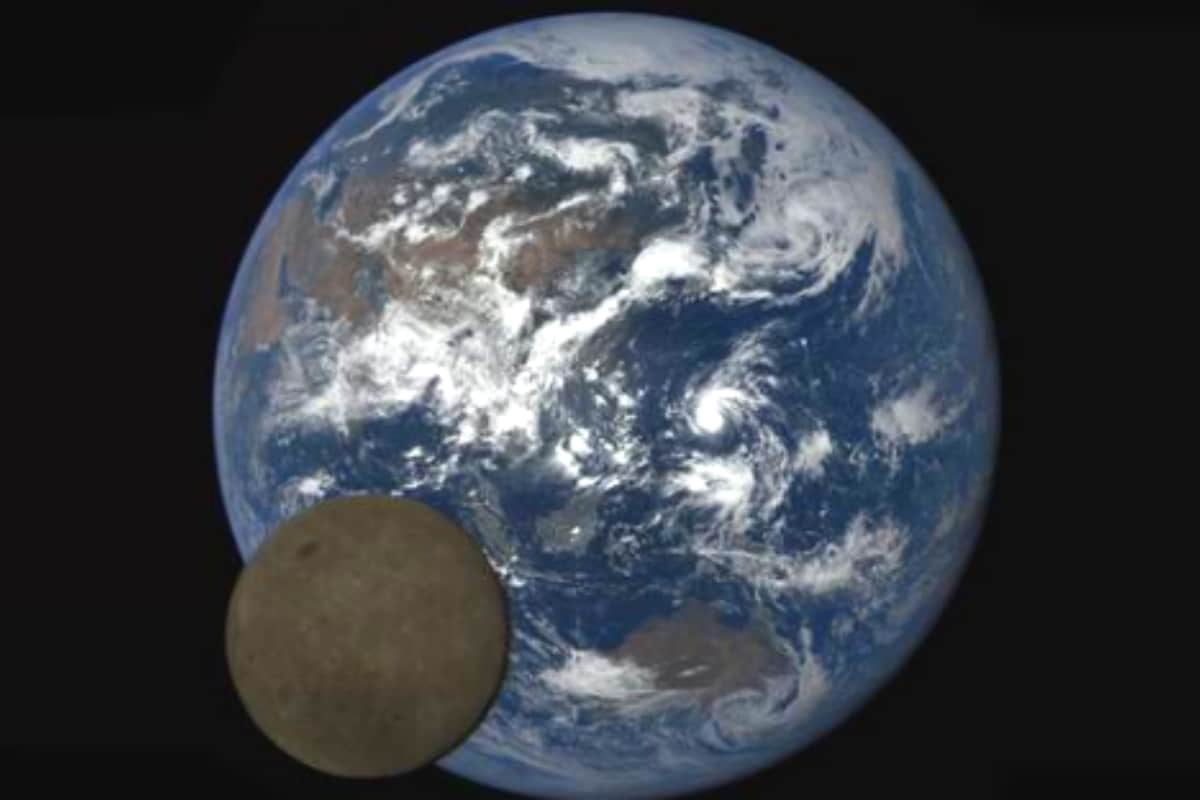
Since the moon travels 360 degrees around the Earth in 29.5 days, its location in the sky changes faster than that of any star or planet - about 12 degrees between evenings. Source : All about our solar system, outer space and exploration Watch the moon move!
Sky and telescope moon globe full#
You might want to use those planning apps to compose a photograph that features a dramatic full moon, invite some friends over to tour the moon in your telescope or find when the satellite will be completely out of the night sky. Passover traditionally occurs on the night of the same full moon, except in years like 2016, when an extra month is inserted to ensure that Passover begins when the barley crop historically ripened.īelow, I'll mention some apps to use in planning to see the moon at a particular phase. In 2016, a full moon occurred immediately after the equinox, so Easter fell very early this year. Ramadan, the month of fasting, commences when the ninth new crescent of the year is spotted.Įaster moves according to the moon, occurring on the first Sunday following the first full moon after the vernal equinox (the start of spring in the Northern Hemisphere). In Islam, a new month commences the evening on which the first little sliver of the moon (the crescent, or "hilal") is first visible. The Jewish, Chinese and Hindu cultures all have lunar calendars in which the new moon marks the beginning of the month. The phases of the moon have long influenced human culture: They've aided in hunting and planting crops, creating calendars and scheduling religious observances. In either case, moons that are less than half lit are called crescents, while those more than half lit are gibbous. Īstronomers love to observe and image the sky on the nights around a new moon, because the moonless night sky is darker, so dimmer objects like galaxies and nebulas are more easily seen.īetween the new moon and the full moon, the amount of the disk that is illuminated increases daily - the moon is waxing. If you are lucky enough to be located somewhere along the band of totality, the moon will exactly cover the sun for about 2 minutes.

21, 2017, then flow the time forward and backward. To see what the eclipse will look like where you live, center the sun or moon on the screen and set your app's date and time to around midday on Aug. The next solar eclipse visible in North America occurs next summer. Because of that tilt, the Earth doesn't experience a solar eclipse at every new moon. The moon's orbit is tilted 5 degrees from the Earth's and rises and falls as it orbits, like the horses on a carousel. Around that time of the month, the moon is invisible in the sky next to the sun's glare, and the hemisphere of the moon that is illuminated points away from Earth.

New moons occur when the moon crosses the imaginary line connecting the sun and the Earth, coming between the two. The sunlight falls across features at a steep angle and casts inky black shadows, especially along the pole-to-pole boundary line separating the lit and dark portions, which is called the terminator. The days around quarter moons are the very best ones to observe the satellite with your telescope. The term "quarter moon" describes that the moon has completed one-quarter or three-quarters of its orbit, not that a quarter of the moon is lit up. Quarter moons, both first and last (or third) occur when the sun, Earth and moon form a 90-degree angle so that viewers from Earth see a half-illuminated globe.

For that reason, full moon is not the best time to observe Earth's natural satellite with your telescope. When you observe a full moon, the sunlight is hitting it straight on, so no shadows are cast on the lunar terrain - making the moon appear less dramatic and textured.

They rise as the sun sets, remain up all night and are 100 percent illuminated. Full moons happen when the moon is opposite the sun in the sky. There are numerous mobile apps, many of them free, designed to report the current phase of the moon and when the next full, new or quarter moons will occur.


 0 kommentar(er)
0 kommentar(er)
